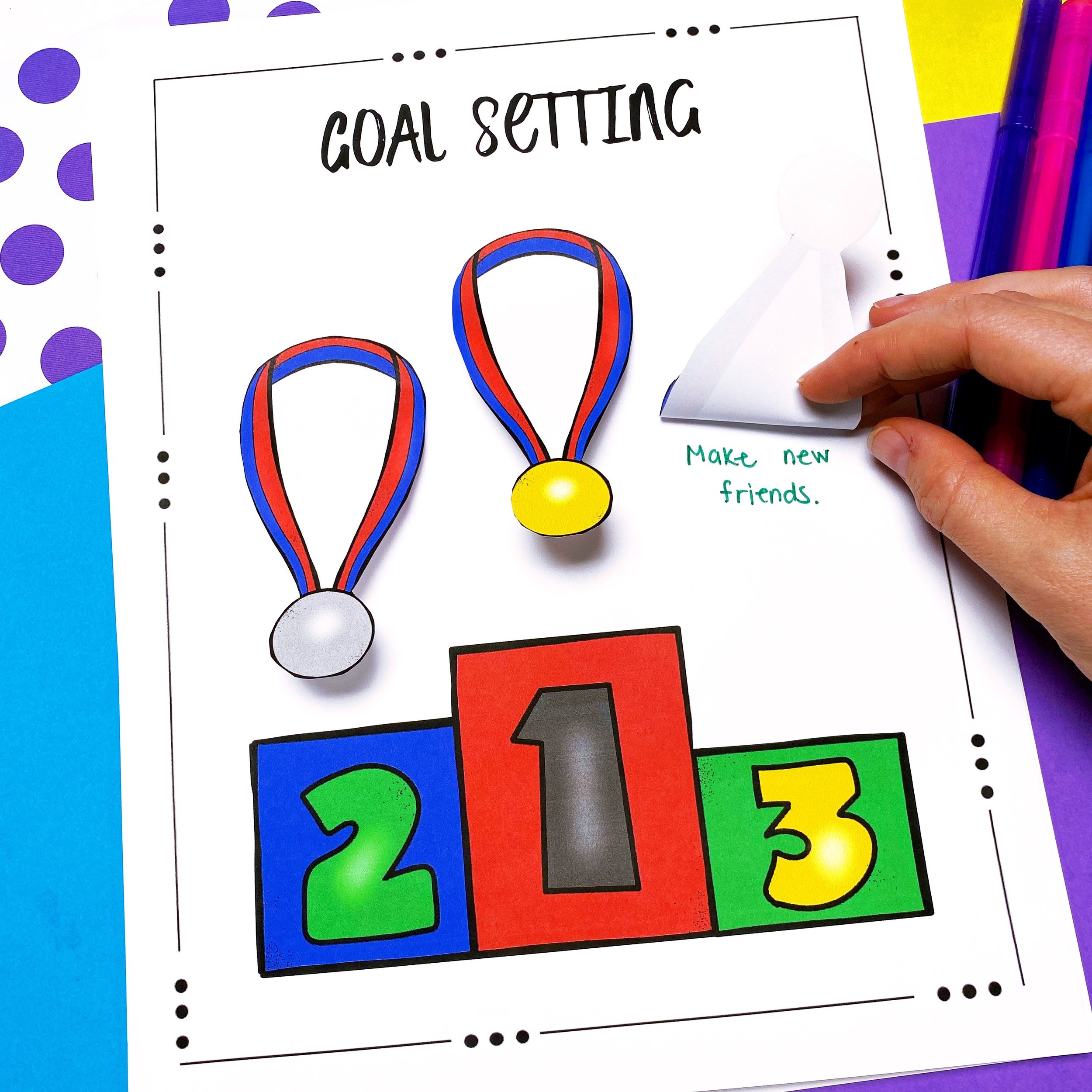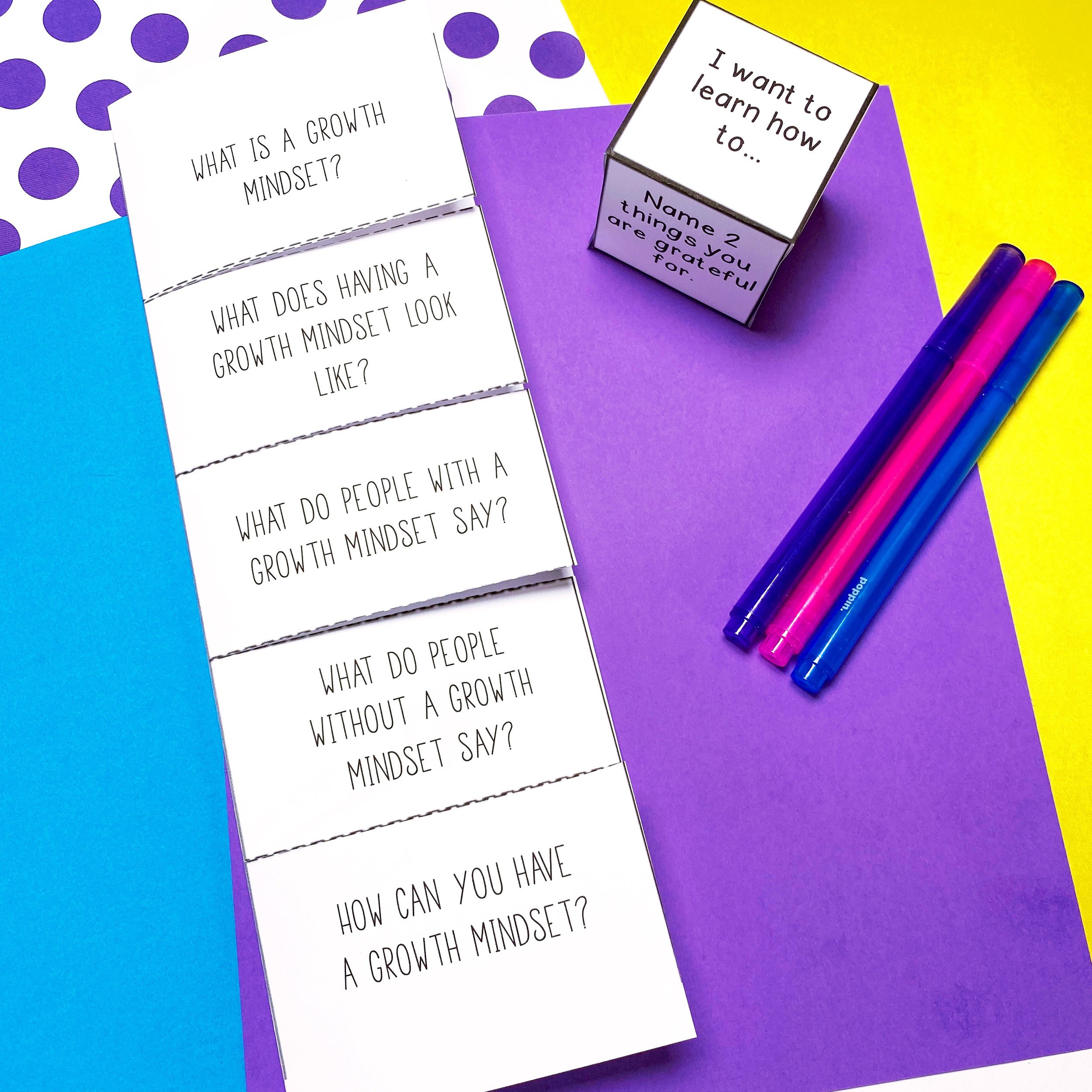The Counselor's Guide to Leading a Boys' Group in Upper Elementary
By: Neeti Sarkar
Last month I wrote about tackling relational aggression among upper elementary girls, and as life would have it, I ended up spending a good chunk of time last week, trying to resolve issues among boys, that had suddenly, or seemingly so, made an appearance everywhere - on the playground, on the bus, in class, and even on Google Hangouts! With an increasing number of requests from homeroom teachers for intervention, I figured a small group for boys might just be the right support to put in place at this point. If you're contemplating getting a group like this up and running, but still have questions about the nuances of it, read on:
1. Why run a small group for elementary school boys?
Running small group counseling sessions for elementary school boys can be very beneficial for a number of reasons such as:
-
Social and emotional development: As they approach puberty, some boys may face challenges in their social and emotional development, such as learning how to communicate effectively, managing their emotions, and developing positive relationships among other boys and with the girls in their class too. Small group counseling can provide a safe and supportive environment where boys can learn these skills.
-
Peer support: Having support from peers who may be experiencing similar challenges, is another reason to set up Tier 2 support. Having a safe space for boys to share their experiences and support each other in a safe and confidential setting, is a great way to build community.
-
Personal growth: Working together to develop a better understanding of themselves and their personal strengths and challenges can help them to develop a stronger sense of self-esteem and self-confidence.
-
Behavioral support: Some boys may struggle with challenging behaviors, such as bullying or defiance, that can impact their academic and social success. Including them in your small group can provide targeted support to address these behaviors and teach more positive and effective strategies.
-
Prevention and early intervention: Running a small group like this could also be a preventative measure, providing early intervention and support for boys who may be at risk for academic or social difficulties. By providing support early on, small group counseling can help to prevent more serious problems from developing.
2. How to decide who to include in this group?
1. Go through the responses from your Needs Assessment Forms (I use this one) and determine the need for small group intervention as requested by the homeroom teachers. Use this to identify the areas of concern which may possibly include anxiety, low self-esteem, emotional dysregulation, and lagging social or academic skills, among a range of other challenges.
2. Consider referrals: Teachers and parents may refer boys to participate in the small group counseling program. Referrals can be based on observations of behavior, academic performance, and social interactions.
3. Pay attention to group dynamics: When choosing students for a small group counseling program, consider the social and emotional dynamics of the group. It is important to create a group that is diverse and inclusive, with boys who have different personalities, strengths, and challenges. Make sure that the group is cohesive and supportive of one another.
3. What to teach in these sessions?
As always, I start my group sessions by doing a Feelings Check and then go over our Group Rules. This is usually followed by an icebreaker related to the topic for the week, introducing/reviewing/discussing the lesson/topic (through videos and SEL books), teaching the core content (via a game, role-play, discussion cards, craft, interactive notebooks, etc. to practice using the skill they're learning), and then finally setting aside time for reflection (through journals and/or exit tickets). Of course, the first and last sessions include the pre and post-group self-assessments.
As far as topics go, for a boys' small group, you could consider including:
1. Social Skills: Active listening, empathy, and cooperation can help boys build positive relationships with their peers. Be it a conversation beach ball toss game where students take turns when the ball is passed to them to continue talking about a particular topic, taking on from where the previous person left off, or a round of charades, there are umpteen games and activities that can be used to help develop social skills.
2. Emotional Regulation: More often than not, among upper elementary boys, when in their red zone, they either become dysregulated or just shut down completely. I find that teaching feelings recognition through a game of emotions charades or an emotions scavenger hunt and then practicing associated coping strategies such as mindfulness, taking brain breaks, etc, gets the group super engaged.
3. Self-Esteem: Puberty is never an easy phase of life. With the physical and emotional changes that come with it, some boys could struggle with self-esteem issues. A positive self-image can help boys feel more confident and capable of their abilities. You can get students to create a self-esteem collage where students are provided with magazines, scissors, glue, and large sheets of paper. Ask them to cut out pictures or words that represent things they like about themselves or things they are good at, and glue them onto their paper. They can then be encouraged to share their collages with the group and discuss what they included and why. Another great activity I came across online was that of a 'Positive Self-Talk Mirror '' where students could either place a large mirror in the room or you could hand out small mirrors and dry-erase markers to the boys. They could either say to their reflection or write positive affirmations or messages to themselves on the mirrors, such as "I am brave" or "I am loved." I would personally encourage them to use the mirrors to practice positive self-talk every day.
4. Bullying Prevention: Addressing the issue of bullying can help boys develop empathy for others, learn to respond to bullying safely and appropriately, be an upstander, and report bullying. Teaching students to use I-Statements is important. Role-playing is a great way to action a lesson on this topic. I also use this bullying prevention board game with my kiddos.
5. Stress and Anxiety: I'm not sure about you but I find that many of my students are more stressed now than they used to be pre-pandemic. Guided meditations, mindful breathing, and gratitude journaling are some activities you could incorporate to teach this topic.
6. Goal-Setting: Helping students set SMART goals is something we all invariably do. Setting personal goals and developing plans to achieve them can help boys feel more motivated and focused in their lives. I like getting students to create vision boards as part of this session. The icebreaker I tend to put together is usually an obstacle race. The kids sure have fun while learning.
7. Diversity and Inclusion: This is one of my favorite topics to teach in a boys’ group as learning about and embracing differences in race, culture, gender, and abilities can help them develop a positive and inclusive worldview. I use books such as The Name Jar by Yangsook Choi, The Sandwich Swap by Queen Rania, Wonder by R. J. Palacio, and The Invisible Boy by Trudy Ludwig to get the discussion going. Role-playing is a great way to reinforce a lesson on this theme.

8. Coping Skills: Explicitly teaching boys healthy coping skills such as exercise, creative expression, and problem-solving can help them manage challenging situations.
9. Decision-Making: Decision-making skills are important for future success and independence. Therefore, you could use problem-solving puzzles and other strategy-based games to teach this skill.
10. Healthy Relationships: Teaching boys what healthy relationships look like and how to maintain them can be important for their overall well-being. This is when I would teach them about personal space and safety, consent, and netiquette.
Lesson planning for groups can be tedious. So if you prefer using a ready-to-use low-prep group curriculum, I suggest this one that I’ve used before. I even use some activities from this set in other lessons/groups.
Here’s to being inclusive and supporting all our students, irrespective of gender, ethnicity, and every other barrier that comes in the way of creating and nurturing a safe and caring school community!
About the author: Neeti Sarkar is a Primary School Counselor at an IB school in Bangalore, India. Over the span of almost 10 years, she’s worked with students aged 3-18, but enjoys working with the littles the most. Neeti’s also a seasoned journalist, so when she isn’t making behaviour plans, teaching guidance lessons, and supporting her school community in various other ways, she makes time for her other passion- writing.
SHARE:











